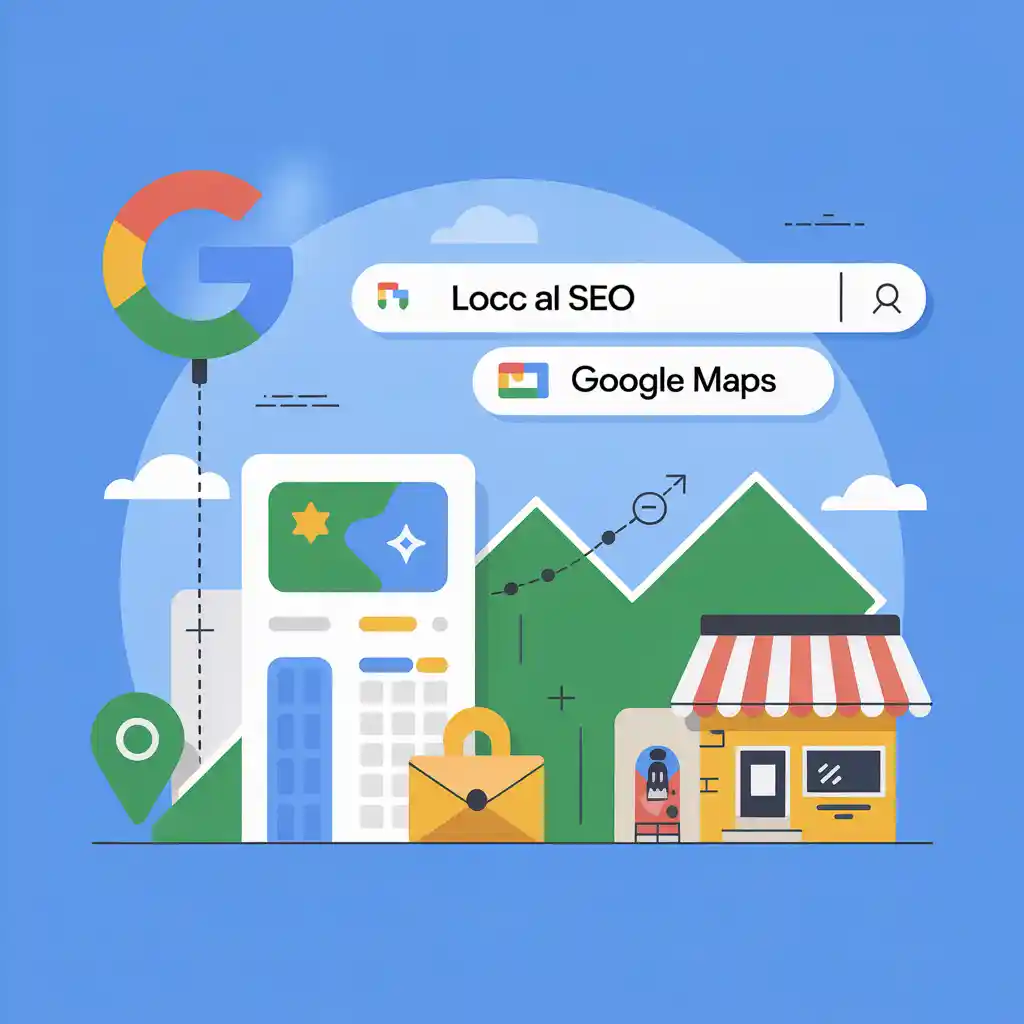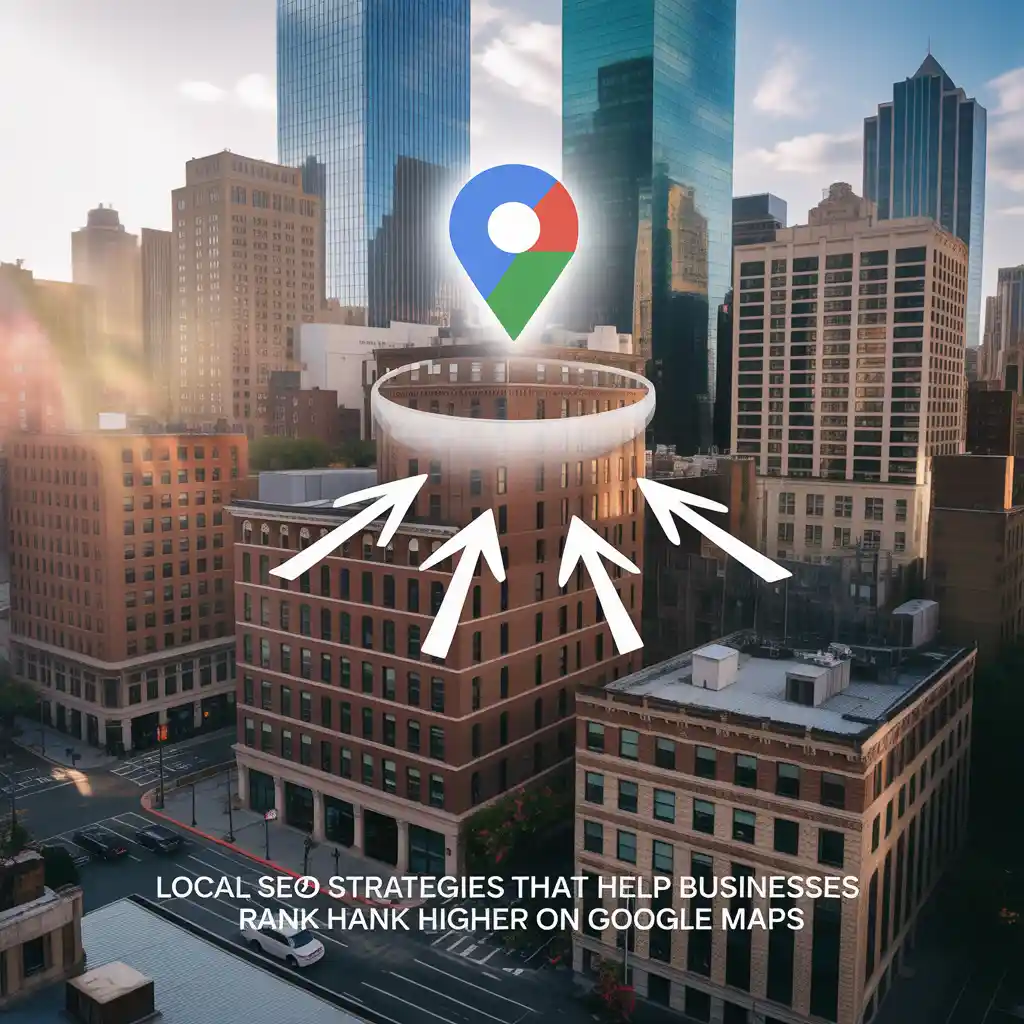When customers search for products or services nearby, the first place they usually look is Google Maps. Appearing in the top three spots—often called the “local 3-pack”—can dramatically increase visibility, traffic, and sales for a business. To get there, companies need more than just a website—they need a strong local SEO strategy that directly improves Google Maps ranking.
In this blog, we’ll explore proven local SEO strategies that can help businesses strengthen their presence and attract more customers.
Why Google Maps Ranking Matters
Google Maps has become a go-to decision-making tool for users. In fact:
- 86% of people look up a business’s location on Google Maps.
- 78% of local mobile searches result in an offline purchase.
- Businesses that appear in the “local 3-pack” get 5x more clicks than those outside it.
This makes local SEO essential for growth, particularly for small and mid-sized businesses that rely on community-driven sales.
Optimize Your Google Business Profile (GBP)
The foundation of local business SEO strategy starts with your Google Business Profile (formerly Google My Business). To maximize visibility:
- Complete your profile: Add an accurate business name, category, address, phone, and website.
- Use keywords smartly: Include relevant terms like “digital marketing agency in Rajkot” or “best bakery near me” in descriptions.
- Upload visuals: Businesses with photos receive 42% more requests for directions.
- Keep it updated: Add posts about offers, events, or new services regularly.
Agencies like Vispan Solutions help businesses optimize their profiles to ensure Google sees them as active, trustworthy, and relevant.
Focus on Local Citations and NAP Consistency
Search engines value consistency. Your NAP (Name, Address, Phone number) must be identical across all platforms—Google Maps, directories, and social media. Inconsistent details confuse both users and algorithms, hurting Google Maps ranking.
Pro Tip: Use citation tools or professional services to monitor listings on Yelp, Yellow Pages, Bing Places, and other local directories.
Collect and Respond to Reviews
Customer reviews are among the strongest signals for local SEO. More positive reviews not only boost credibility but also directly influence rankings.
- Encourage satisfied customers to leave reviews.
- Respond politely to both positive and negative feedback.
- Highlight reviews in your marketing campaigns.
According to BrightLocal, businesses with more than 100 Google reviews tend to rank higher on Maps.

Optimize for Local Keywords
A successful local SEO strategy requires targeting geo-specific terms. For example:
- Instead of just “digital marketing services,” use “digital marketing services in Gujarat.”
- For restaurants, optimize for “best pizza in Ahmedabad” or “family restaurants near Rajkot.”
These keywords should appear naturally in:
- Website content
- Blog articles
- Meta descriptions
- GBP descriptions
Leverage On-Page SEO for Local Reach
Your website is still central to local SEO success. Ensure that:
- Each service page targets a local keyword.
- Include location-based schema markup.
- Add an embedded Google Map on your contact page.
- Use internal linking to direct users to location-specific services.
This integration strengthens your chances of appearing higher in Google Maps ranking.
Build Local Backlinks
Backlinks from local sources increase authority. Effective ways to build them include:
- Partnering with local bloggers or news sites.
- Sponsoring community events.
- Collaborating with nearby businesses for promotions.
Each local backlink sends signals to Google that your business is a trusted part of the community.
Use Voice Search Optimization
With the rise of smart speakers and mobile assistants, voice search plays a major role in local SEO strategies. Voice queries are conversational and often location-specific.
For example:
- Text search: “Best café Rajkot”
- Voice search: “Which is the best café near me right now?”
Optimizing content to match these conversational queries helps businesses gain visibility in both voice search and Google Maps.
Encourage User Engagement
Google values how users interact with your profile. Encourage actions such as:
- Clicking “Call Now”
- Requesting directions
- Visiting your website
The more engagement you generate, the better your Google Maps ranking.
Track Performance and Adjust Strategy
An effective local business SEO strategy doesn’t stop at implementation. Use tools like Google Analytics, Google Search Console, and GBP Insights to measure performance. Track:
- How many calls or visits came from Google Maps
- Which keywords are driving visibility
- How reviews and updates impact rankings
Agencies like Vispan Solutions specialize in turning these insights into actionable strategies, ensuring businesses continue to grow.
The Future of Local SEO
The future of search engines is heavily location-driven. As AI and personalization evolve, businesses that invest in local SEO strategies now will continue to dominate Google Maps and attract ready-to-buy customers.
Final Thoughts
Appearing on Google Maps is more than just a visibility boost—it’s about capturing customers at the exact moment they’re ready to buy. By focusing on local SEO strategies like optimizing Google Business Profile, gathering reviews, building local backlinks, and leveraging voice search, businesses can secure stronger positions in the Google Maps ranking.
For companies that want measurable results, partnering with an experienced agency like Vispan Solutions can make all the difference. Their expertise in creating tailored local business SEO strategies helps businesses not just appear on the map—but stand out from the competition.



